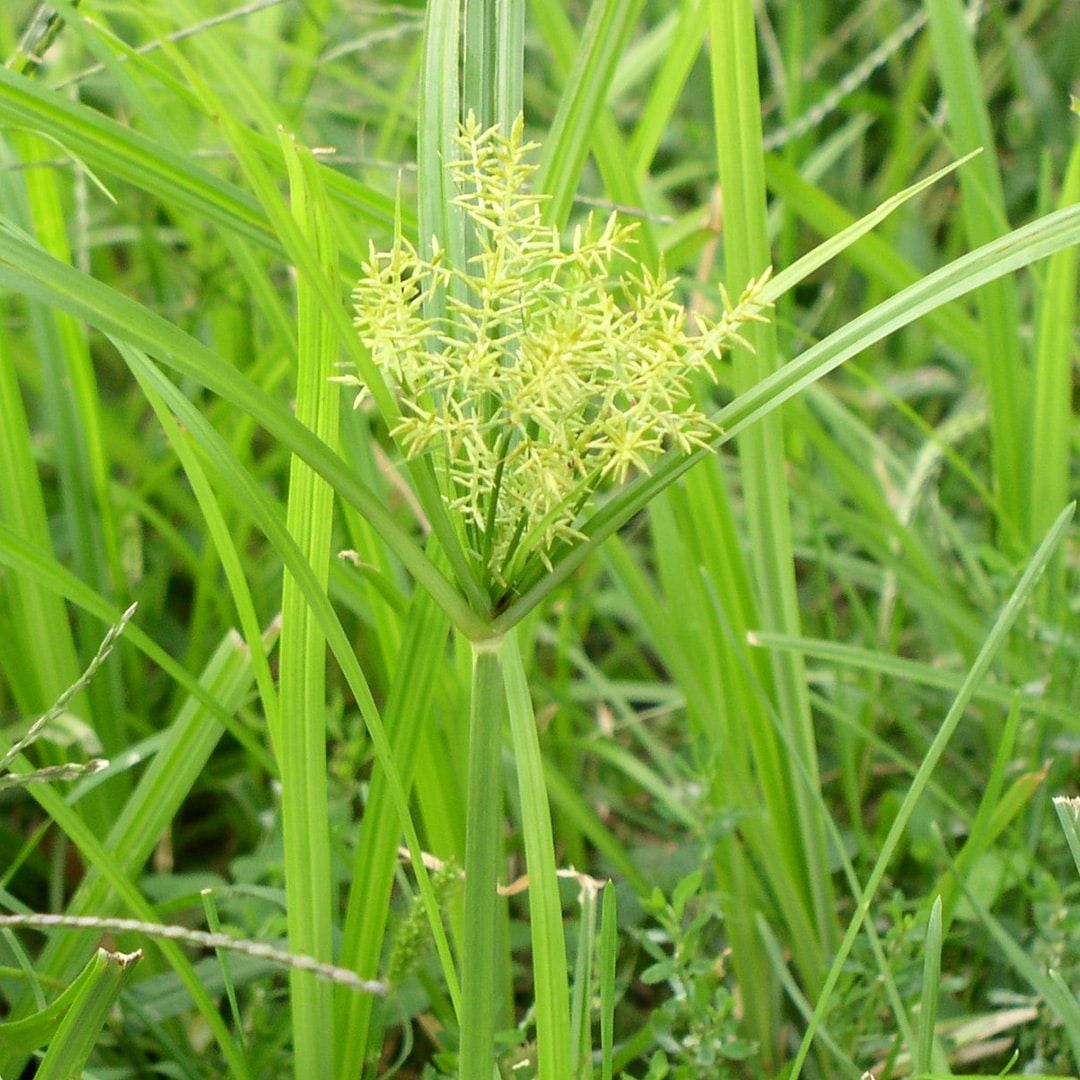The Impact of Rain on Weed Growth and Soil pH in Turf Management: The Good and the Bad
As a residential homeowner, it is no secret that rain is essential for maintaining a healthy and thriving lawn. While we rejoice in the sight of a refreshing downpour after hot and dry days, it is important to understand the significance of rain when it comes to weed growth and soil pH in turf management. You might be wondering, “how do these two factors relate to rain?” Well, this blog post will provide you with the answers. So sit back, grab a cup of coffee, and let’s dive into the impact of rain on weed growth and soil pH in turf management.
The Good:
Rainwater is known to hydrate plants and provide them with the necessary nutrients. When it comes to turf management, rainfall can improve the health of the grass by stimulating growth and providing essential nutrients to your lawn. The level of moisture in the soil is significant for effective nutrient uptake, as it allows your grass to absorb water and nutrients more efficiently. Additionally, rain helps to maintain the soil structure, making it easier for roots to grow deep and establish a strong foundation.
Furthermore, when it comes to weed growth, rain can have a positive impact as well. While it may seem counterintuitive, rain can help control weed growth by diluting the concentration of herbicides and spreading them evenly throughout the soil when in granular form. This makes it easier for the herbicides to penetrate and attack the weed roots, leading to a decrease in weed growth over time.
The Bad:
On the contrary, too much rainfall can also pose a threat to your lawn’s health. When there is an excessive amount of water, the soil becomes waterlogged, making it difficult for grass roots to receive the oxygen they need to thrive. Over time, this may lead to root rot and the death of grass. Additionally, when there is too much water, it can wash away vital nutrients from the soil, leaving the grass deprived of essential elements.
Rain can also have a negative impact on weed growth. Excessive rain can limit the days and time of applications as dry time must be taken into account when applying liquid weed control, limiting days and times of applications. In some cases, too much rain can encourage weed growth as it provides the ideal conditions for their germination. Additionally, heavy rain can cause seeds to disperse, leading to more weed growth over time. Therefore, it is important to remain vigilant about weed control during wet seasons and ensure effective and timely treatment to prevent weed growth from proliferating your lawn.
Soil PH:
Soil pH is a crucial factor in maintaining a healthy lawn. It determines the availability of nutrients to the grass and can impact weed growth as well. In most cases, rainwater has a slightly acidic pH, which can impact soil pH with repeated exposure over time. While a slightly acidic pH can be beneficial to your lawn, too much acidity can lead to nutrient deficiencies and make it difficult for grass to grow healthily. Therefore, it is essential to monitor and maintain a balanced pH level in the soil to ensure the optimal growth and health of your lawn.
Conclusion:
In conclusion, rain plays a critical role in turf management. It can be both beneficial and harmful to your lawn, depending on the amount and frequency of rainfall. Although this season's rainfall has left turf green and not brown and dried out site inspections have noted many color varaitions as well as water loving turf weeds present indicating that herbicides have been less effective due to the excessive rainfall and soil ph is likely acidic due to the excessive acid rainfall coming from the central united states.
Soil tests have been taken and have been sent out for analysis to determine lime needs for each property as this can vary greatly from each source type of soil that has been used to establish turf areas.
As a residential homeowner, it is crucial to remain vigilant and take the necessary steps to maintain proper soil pH levels and effective weed control to ensure your lawn remains healthy and thriving. With this knowledge, you can have the confidence to face the next downpour with joy and the assurance that you are prepared to manage its impact on your lawn.

